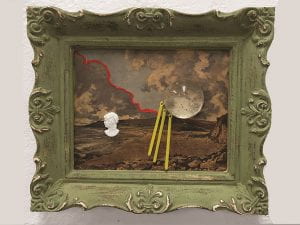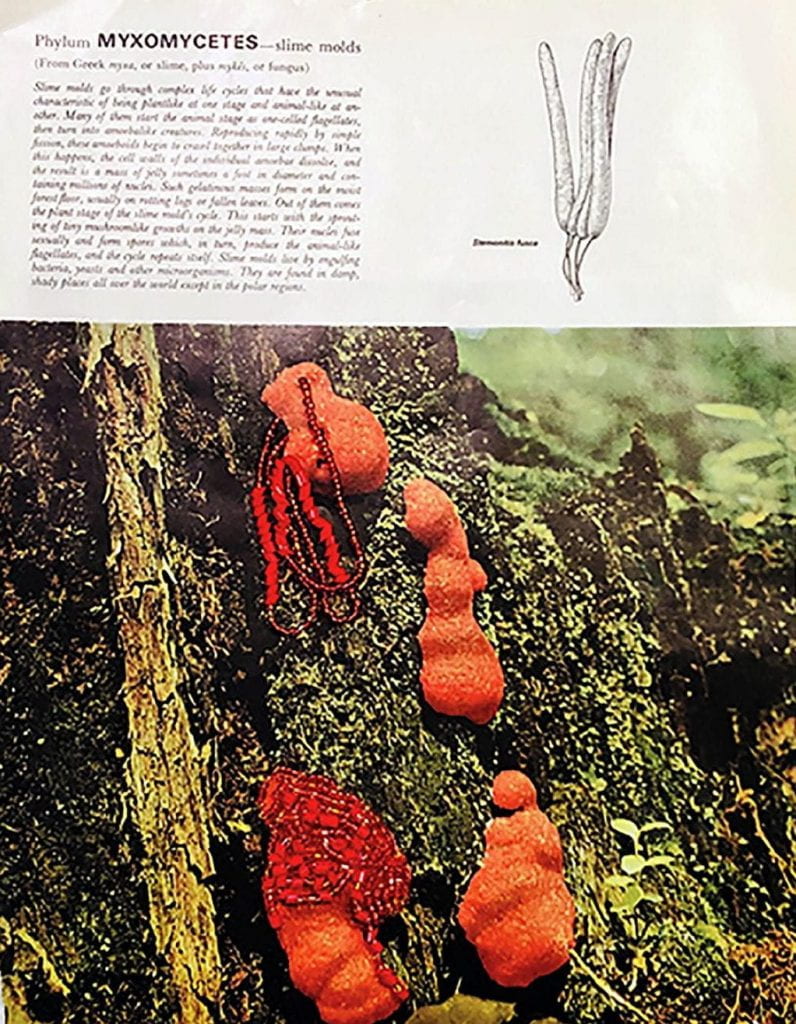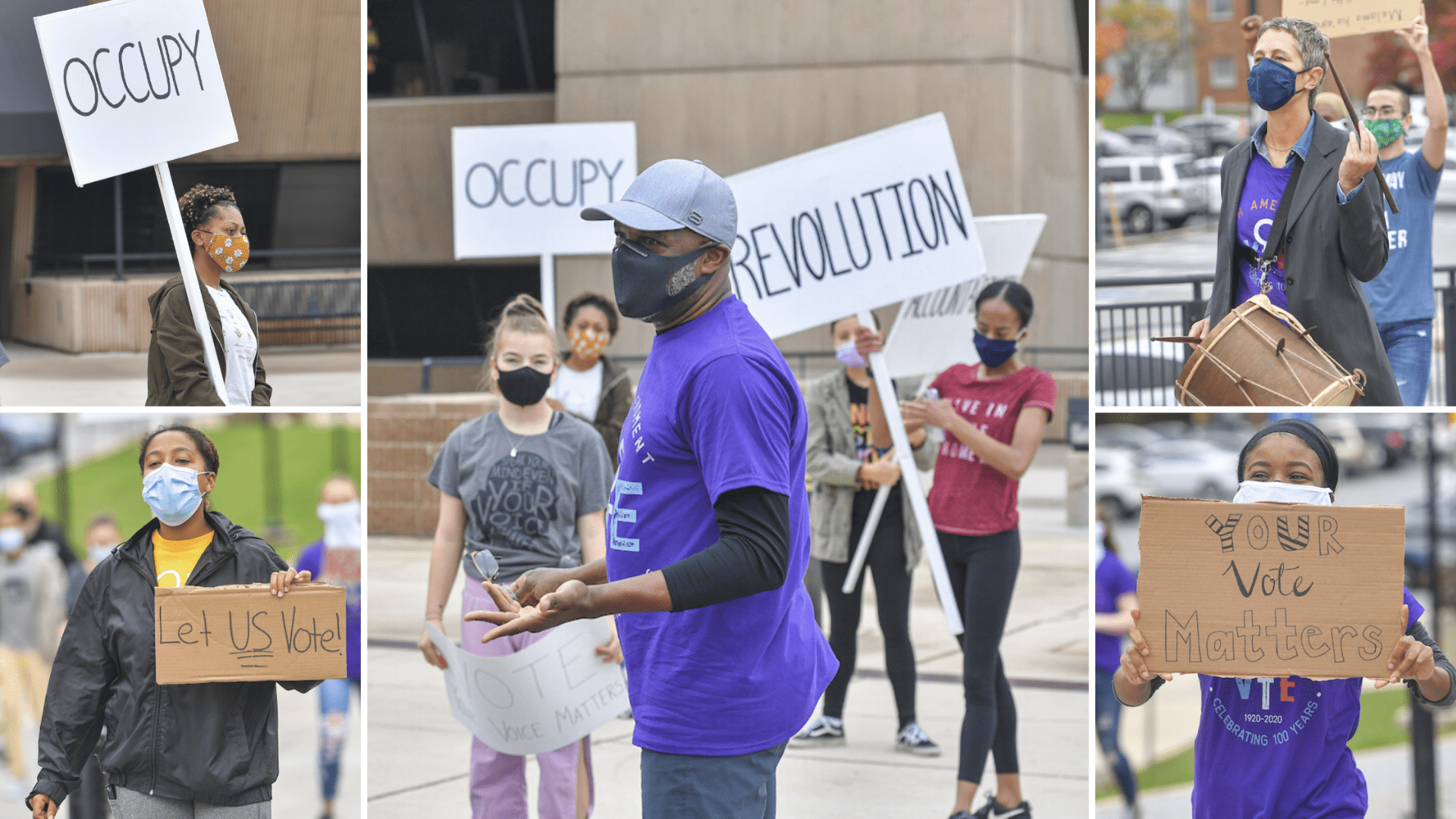
By Vincent E. Thomas
As I sit to write this blog entry, I wanted to consider the meaning of the silver lining? Traced back to the writings of John Milton about a cloud’s silver lining, I admit I had no real knowledge of him nor his writing. But I did have a memory of my grandmother teaching me the power of making the best out of the ‘not so best’. In other words, ‘making a way out of no way’, as they would often say in the Southern Baptist church. Big Ma (the late Mariah Brown) was a spiritual soul from the south, who always saw good in others. I am reminded of Big Ma and me making lemonade and sweet tea in the cozy kitchen. This memory of (as a child) taking sour lemons and making something sweet and delicious out of it, is what has stayed with me during these times.
This pandemic has been, truthfully, troubling, and challenging on so many levels. Since March 13th, the pivot dance has been my Electric Slide, my Cupid Shuffle, and my Wobble. And this dance continued into the fall semester, as we pivoted into all online/virtual classes (teaching and learning). So in true Big Ma fashion, I decided to make some lemonade.
A huge pitcher of lemonade has been the Modern Repertory class. In early August, I decided to create a piece inspired by the 100th Anniversary of the 19th Amendment, Women’s Suffrage Movement, March on Washington 1963/2020, and Voting. It has been a thirst-quenching journey. The virtual platform challenges, the diminished individual moving spaces, the lack of in-person physical community and tactile connections were the lemons, and the research, creative processes, personal investigations of subject matter, new ways to connect with a larger university community, and the students were the cups of sugar. The result is the dance piece “Hands of Power”. The work has five sections: My first vote…, I am…, In my hands…, In my feet…, and In our Rights. For the section In my feet…, I reached across and within the university community to engage collaborative partnerships with others in an organized “artful” march. I work in the pageantry marching arts so I am very familiar with aspects of marching, but I wanted to bridge and fold social justice and social movement marches into this creative process for art. It was really important to share with the dancers, in practice, how life and art reflects each other. One of my favorite quotes is “Life imitates art far more than art imitates life” by Oscar Wilde.
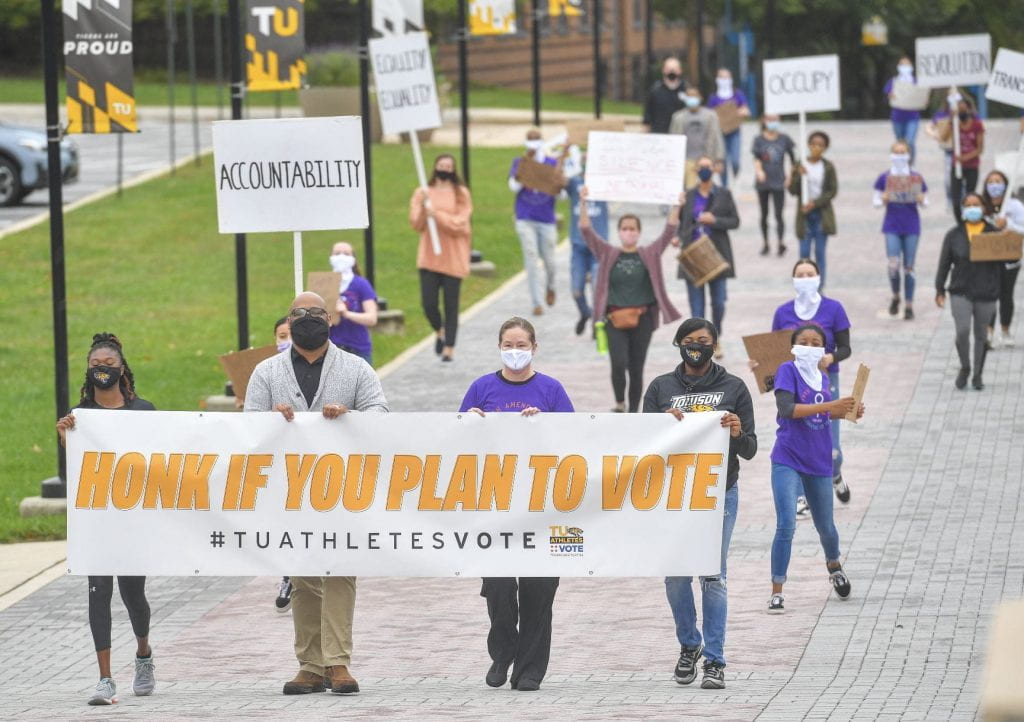 What initially was going to be nine dancers ended up being over thirty participants, two videographers, and one photographer. The participants were asked to create signage for the march and to consider what would be a platform they would march about. What would/do they stand up for? What cause do they value and want to add their voice? What issues would/do they vote for? It was an amazing gathering of folks across a spectrum, coming together for a common goal of common good. In my feet… is performed by Modern Repertory, TU Dance Company, Assistant Professor Alison Seidenstricker (Dept. of Dance), Assistant Professor Michelle Humphreys (Dept. of Music), Bria Bennett (Athletic Dept.- Community Partners Coordinator), Luis Sierra (Office of Civic Engagement), three members of the Women’s Track & Field, members of Towson AIDE, and several other Towson University students. Videographers: Rebecca Wolf (Dept. of Dance- Production Coordinator) and Ben Rosenbaum (Athletic Dept.- Director of Digital Media), and Alex Wright (TU Photographer).
What initially was going to be nine dancers ended up being over thirty participants, two videographers, and one photographer. The participants were asked to create signage for the march and to consider what would be a platform they would march about. What would/do they stand up for? What cause do they value and want to add their voice? What issues would/do they vote for? It was an amazing gathering of folks across a spectrum, coming together for a common goal of common good. In my feet… is performed by Modern Repertory, TU Dance Company, Assistant Professor Alison Seidenstricker (Dept. of Dance), Assistant Professor Michelle Humphreys (Dept. of Music), Bria Bennett (Athletic Dept.- Community Partners Coordinator), Luis Sierra (Office of Civic Engagement), three members of the Women’s Track & Field, members of Towson AIDE, and several other Towson University students. Videographers: Rebecca Wolf (Dept. of Dance- Production Coordinator) and Ben Rosenbaum (Athletic Dept.- Director of Digital Media), and Alex Wright (TU Photographer).
At the beginning of the semester, I had no idea it would turn out this way. Throughout the creative process, I continued to listen to the art and allow it to blossom, stir, and evolve into a tall pitcher of lemonade.
About
 Vincent E. Thomas, professor in the Department of Dance, is a dancer, choreographer and educator. Thomas received his MFA in Dance from Florida State University and a BME in Music from the University of South Carolina. His multi-dimensional company VTDance builds on the use of contemporary dance, improvisation, text/ movement, a variety of sound sources, and collaborations with other artists, including dancers, musicians, poets, visual artists, and others [to be discovered]. These ideas coupled with witty, poignant, athletic and gestural movement are the rich palette for VTDance. Vincent was awarded the 2019 Board of Regents Faculty Award for Excellence in Scholarship, Research, Creative Activity. More recently he received the MDEA’s 2020 Living Legacy award by the Maryland Dance Education Association.
Vincent E. Thomas, professor in the Department of Dance, is a dancer, choreographer and educator. Thomas received his MFA in Dance from Florida State University and a BME in Music from the University of South Carolina. His multi-dimensional company VTDance builds on the use of contemporary dance, improvisation, text/ movement, a variety of sound sources, and collaborations with other artists, including dancers, musicians, poets, visual artists, and others [to be discovered]. These ideas coupled with witty, poignant, athletic and gestural movement are the rich palette for VTDance. Vincent was awarded the 2019 Board of Regents Faculty Award for Excellence in Scholarship, Research, Creative Activity. More recently he received the MDEA’s 2020 Living Legacy award by the Maryland Dance Education Association.
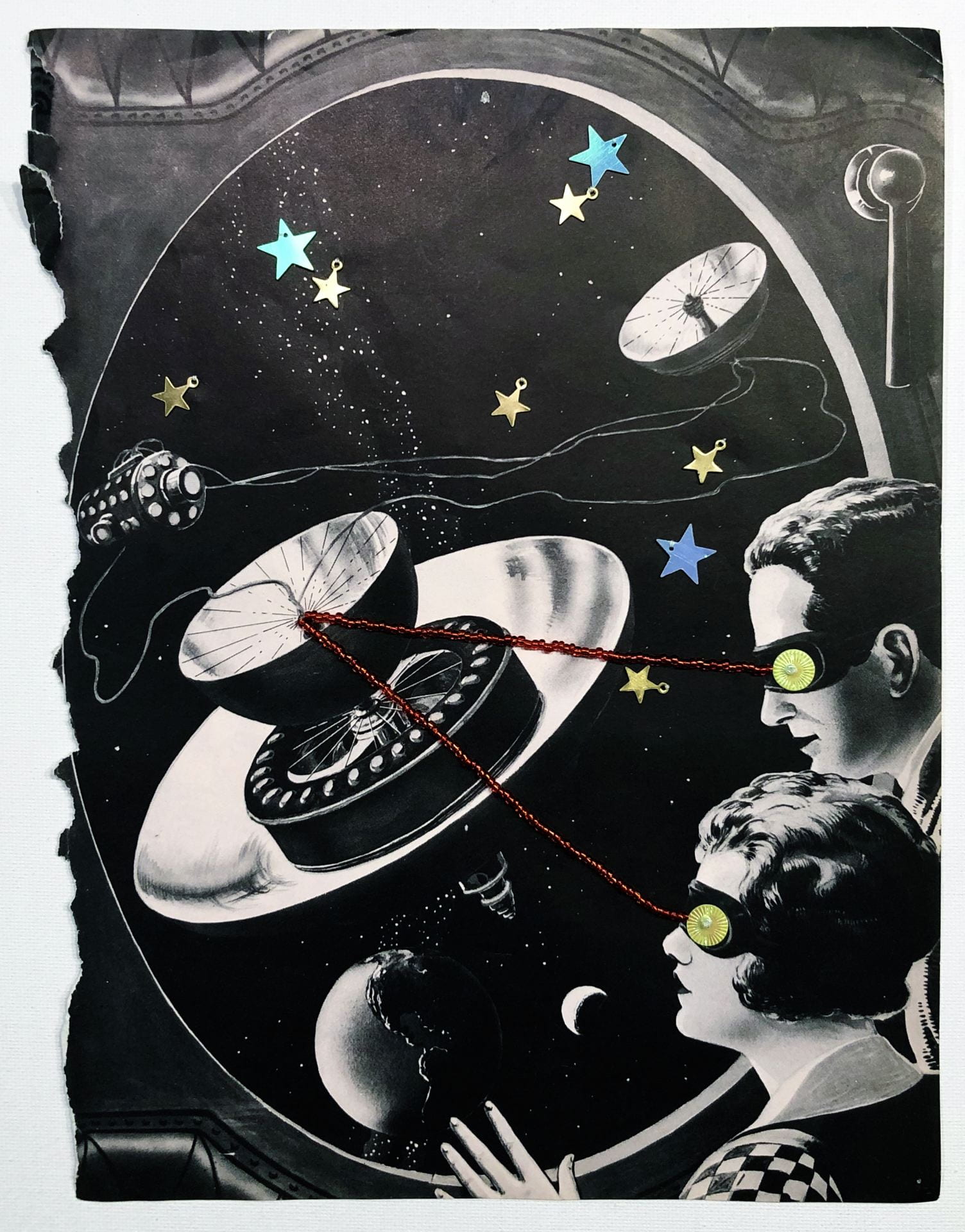
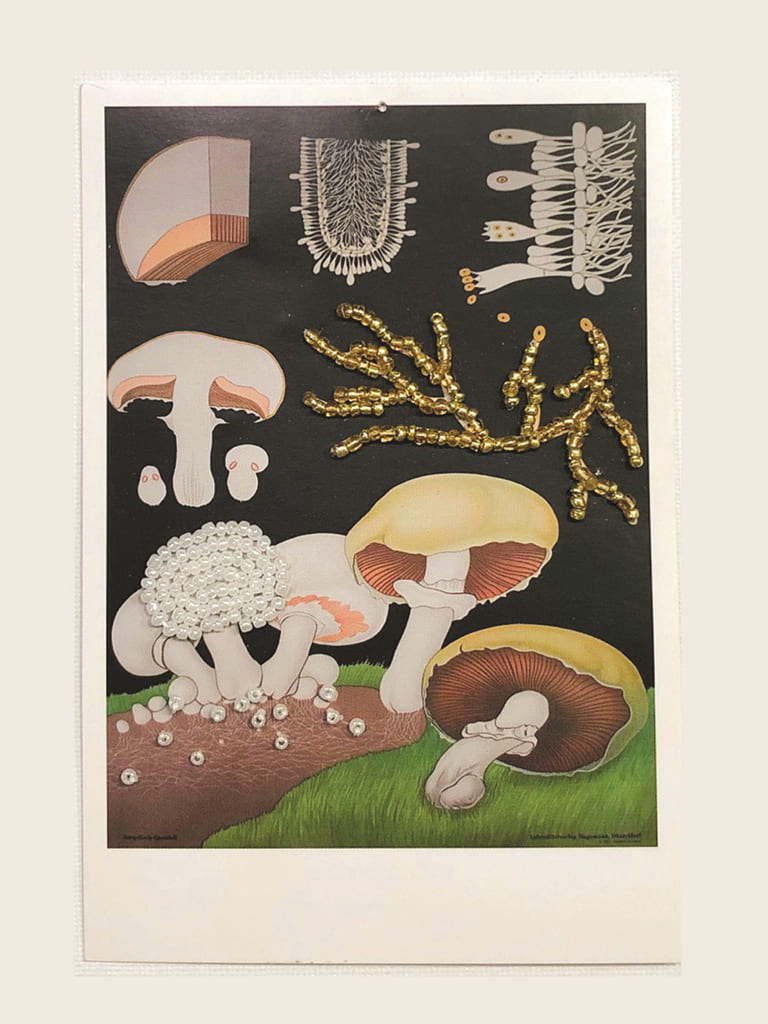
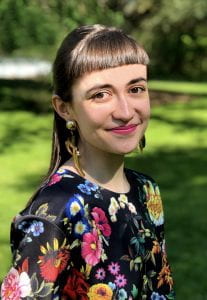 history. She recently became the recipient of the very competitive Undergraduate Research and Creative Inquiry grant from TU. Check out what Jackie will be doing this summer.
history. She recently became the recipient of the very competitive Undergraduate Research and Creative Inquiry grant from TU. Check out what Jackie will be doing this summer.